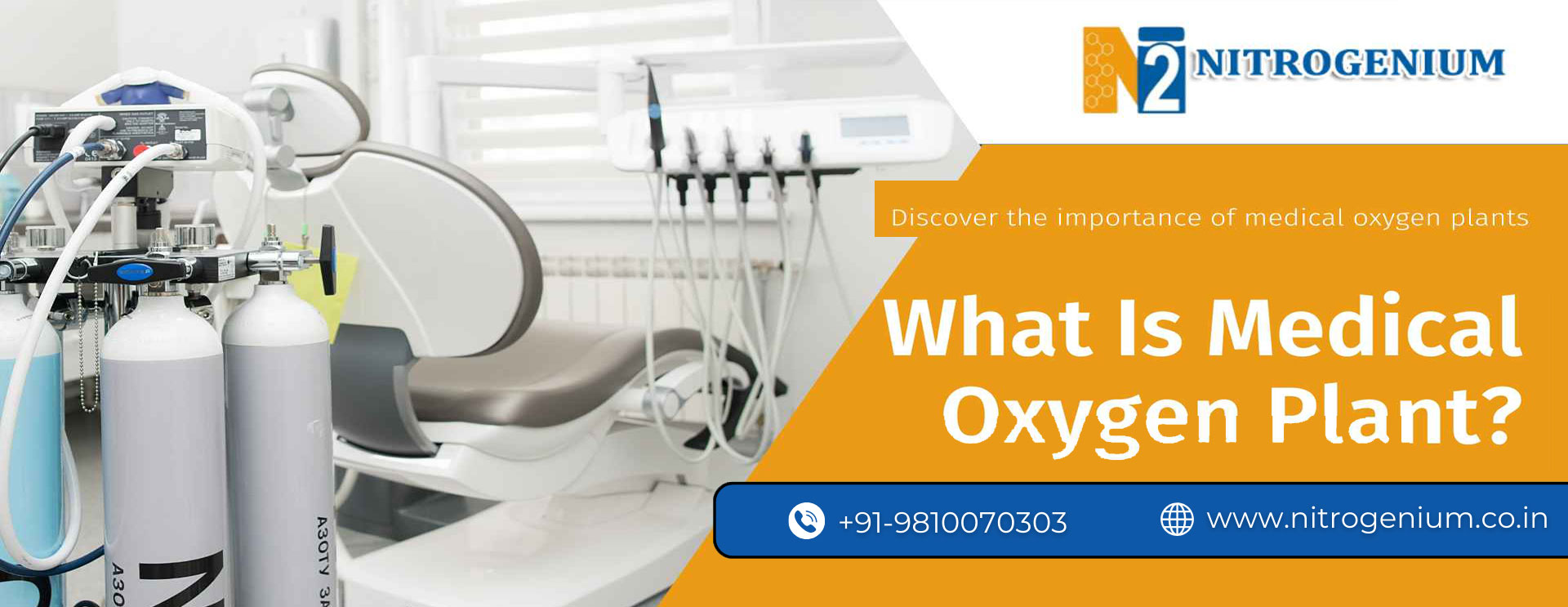Introduction
In recent times, the importance of medical oxygen has become even more evident as the world grapples with the COVID-19 pandemic. The availability of a reliable and sufficient supply of oxygen is crucial for the treatment of various respiratory conditions and emergencies. This article explores the significance of medical oxygen plants in ensuring a consistent and life-saving oxygen supply. From understanding the basics of medical oxygen plants to their operation and benefits, we delve into the world of this essential healthcare infrastructure.
What is Medical Oxygen Plant?
A medical oxygen plant is a specialized facility that produces medical-grade oxygen for use in hospitals, clinics, and other healthcare settings. It is designed to generate oxygen of high purity, typically exceeding 99%, which is essential for therapeutic applications. These plants are equipped with advanced technology and adhere to strict quality standards to ensure the production of oxygen suitable for human consumption and medical use.
The Importance of Medical Oxygen Plants
Medical oxygen plants play a critical role in healthcare systems worldwide. They provide a steady and reliable supply of oxygen for patients who require respiratory support, including those with chronic respiratory diseases, trauma victims, and individuals undergoing surgical procedures. Oxygen is a fundamental component of emergency medical care, enabling healthcare professionals to stabilize patients and support their vital functions.
How Do Medical Oxygen Plants Work?
Medical oxygen plants employ a process called cryogenic distillation to produce oxygen of high purity. The primary steps involved in this process are:
Air Compression: The atmospheric air is drawn into the plant and compressed to increase its pressure.
Air Purification: The compressed air undergoes a purification process to remove impurities such as dust, moisture, and carbon dioxide.
Cryogenic Cooling:The purified air is cooled using cryogenic techniques, causing it to liquefy.
Fractional Distillation: The liquefied air is then separated into its various components through fractional distillation, where oxygen is extracted as a concentrated gas.
Oxygen Storage:The produced oxygen is stored in specialized cylinders or tanks at high pressure for later distribution and use in healthcare facilities.
Medical oxygen plants are designed to operate continuously, ensuring a constant supply of oxygen to meet the demands of healthcare facilities.
Benefits of Medical Oxygen Plants
The establishment of medical oxygen plants brings several benefits to the healthcare industry and the community at large. Some of these advantages include:
1. Enhanced Healthcare Infrastructure
Medical oxygen plants strengthen the healthcare infrastructure by providing a localized and dedicated source of oxygen supply. This reduces dependence on external sources and ensures a consistent supply, even during times of high demand or emergencies. Consequently, healthcare facilities can focus on patient care without concerns about oxygen shortages.
2. Cost Savings
By producing oxygen on-site, medical oxygen plants eliminate the need for frequent cylinder refills or reliance on costly oxygen suppliers. This results in significant cost savings for healthcare facilities in the long run, making medical oxygen more affordable and accessible to patients.
3. Reliable and High-Quality Oxygen Supply>
Medical oxygen plants adhere to stringent quality standards, ensuring the production of oxygen that meets the necessary purity requirements. This guarantees a reliable and high-quality oxygen supply for patients, enhancing the effectiveness of medical interventions and improving patient outcomes.
4. Sustainable Solution
With the installation of medical oxygen plants, healthcare facilities can reduce their carbon footprint by minimizing the transportation and handling of oxygen cylinders. The localized production of oxygen promotes sustainability and contributes to environmental conservation efforts.
Frequently Asked Questions (FAQs)
FAQ 1: What is the Difference Between Medical Oxygen Plants and Industrial Oxygen Plants?
Medical oxygen plants are specifically designed to produce oxygen for medical purposes, ensuring high purity levels suitable for human consumption. On the other hand, industrial oxygen plants focus on producing oxygen for industrial applications, where lower purity levels may be acceptable.
FAQ 2: Are Medical Oxygen Plants Expensive to Set Up?
While the initial investment for setting up a medical oxygen plant can be significant, it offers long-term cost savings and benefits. The exact cost depends on factors such as the plant's capacity, technology employed, and local regulations. Consulting with experts in the field can provide accurate cost estimates and guidance.
FAQ 3: Is Medical Oxygen Plant Operation Complex?
Medical oxygen plants are designed for ease of operation and maintenance. They incorporate advanced automation and control systems, minimizing the need for manual intervention. Proper training and regular maintenance ensure smooth plant operation and longevity.
FAQ 4: Can Medical Oxygen Plants Cater to Different Hospital Sizes?
Yes, medical oxygen plants can be customized to suit various hospital sizes and oxygen demand. They are available in different capacities, ranging from small-scale plants suitable for clinics and nursing homes to large-scale plants capable of serving multi-specialty hospitals.
FAQ 5: Do Medical Oxygen Plants Require Special Licensing?
The establishment and operation of medical oxygen plants are subject to regulatory requirements and standards specific to each country or region. It is essential to consult local authorities and obtain the necessary licenses and approvals before setting up a medical oxygen plant.
FAQ 6: How Long Does it Take to Set Up a Medical Oxygen Plant?
The time required to set up a medical oxygen plant can vary depending on several factors, including plant capacity, infrastructure readiness, and regulatory procedures. Generally, it may take several months to complete the installation, commissioning, and validation processes.
Conclusion
In conclusion, medical oxygen plants are crucial for ensuring a steady and reliable supply of high-quality oxygen in healthcare settings. Their operation provides numerous benefits, including enhanced healthcare infrastructure, cost savings, and a sustainable solution for oxygen supply. By understanding the significance of medical oxygen plants, we can appreciate the role they play in saving lives and supporting medical interventions.

